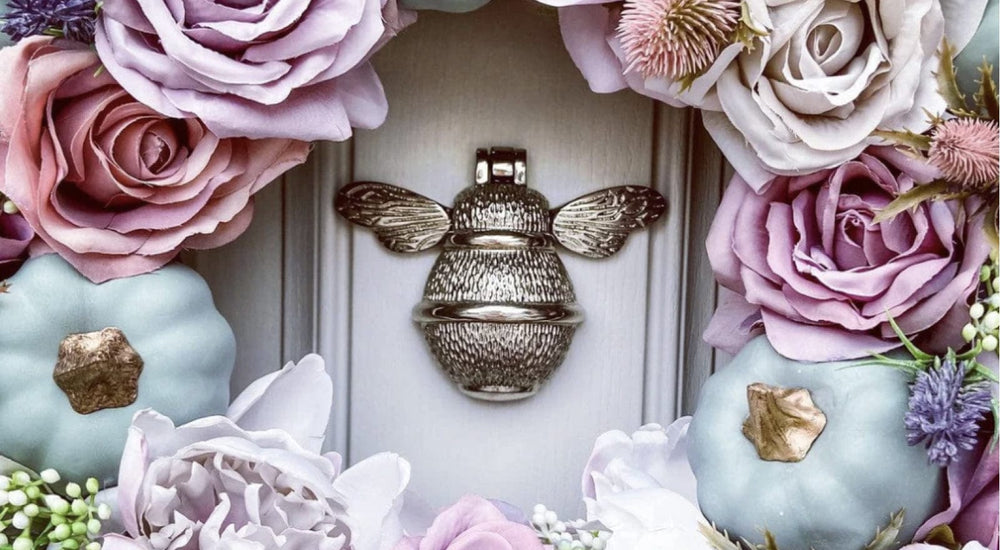The Manchester Bee

Before now, we’ve been asked “why the bee?”. The short answer is because as a business, we’re Manchester born and bred. The longer answer is steeped in the history of this incredible city - please allow us to elaborate.
Manchester Coat of Arms
For over 170 years, the worker bee has represented the people and the city of Manchester. A coat of arms was created for the industrial powerhouse in 1842 after being commissioned by city officials. The finished work featured a globe at the top, with seven worker bees swarming around it. The significance of the seven bees related to the seven seas upon which the cities trade thrived.
The worker bees were representative of the people of Manchester, who had raised the city from the ground. Without access to abundant natural resources or a Royal purse, the city had been built by the people, for the people. Much like a beehive is constructed by the worker bees.
“As Busy as a Bee”
Worker bees are certainly busy little ladies. Visiting around two-thousand flowers a day, they produce honey, royal jelly to feed the queen and beeswax. Additionally, they produce a disinfectant called propolis, which is spread around the entrance to the hive.
All worker bees are female, and in this you might find another link to Manchester. Emmeline Pankhurst, Carol Ann Duffy, Elizabeth Gaskell, Rebecca Adlington and Dame Nancy Rothwell all hail from this great city. By no means the only great women to represent Manchester, these are but a few of our favourites.
As strong, hard working and inspirational as the afore mentioned, the worker bees bring the hive together. They work to build, maintain, clean and protect the hive.
Interesting fact: - Bees are the only insect to be domesticated by humans. Jars of honey were even found in the chamber of Tutankhamun, so their domestication can be traced back to Ancient Egypt, perhaps further.
Bee Spotting
When out and about in Manchester, you’re never usually too far away from a bee, or at least a representation of one. The cities furniture has long been decorated with bees but looking up can often reveal more.
The town hall is decorated both inside and out with the city’s coat of arms. You can find the Beehive Mill out in Ancoats or large statues of bees at St Ann’s Square across from the Royal Exchange. On Oxford Road, Kimpton Clocktower has bees around the clock’s face indicating the quarter-hour increments.
Another running theme is the city’s honey, or cotton, as you probably know it. The Northwest region of the UK had a deep connection to the cotton industry, with mills found all over from Preston down to Stockport and out east towards Burnley, Nelson and Clitheroe.
Victorian mills have largely been repurposed now, lending their space to art, retail, offices or other modern industrial activities.
Celebrating Bees
Our bee door knockers are a celebration of the fuzzy little insect, but also a homage to the great things our hometown has achieved. They represent so much more than just a hard-working culture; the bee is an essential part of our planets eco-system and must be protected at all costs.

With a range of solid brass, bespoke designed bee knockers, you can keep this precious species at the forefront of your mind, and of those who come calling.
Little did we know when we set out making the Brass Bumble Bee door knockers, that we would be shipping them around the globe, across the seven seas. Perhaps those seven bees on Manchester’s coat of arms inspired more than just the design….
To see our full range of Brass Bee and Brass Animal Door Knockers, you can follow this link.




